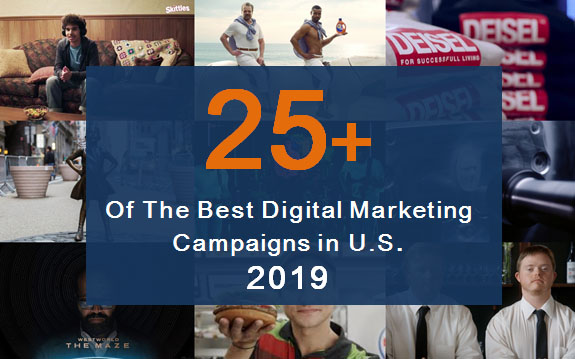5 Must-Have Email Marketing Apps for 2020
Email Marketing | Feb 15, 2022
Mailchimp was once considered the leader in email marketing services, but a number of challenges now offer better value and more robust functionality. While there’s nothing wrong with continuing to use Mailchimp, you should at least be aware of what else is out there.
This article will cover some of the most powerful and flexible alternatives to Mailchimp currently available.
Keep in mind that different solutions are better for different things—there’s no single “best” application, so look for one that works for your unique approach to email marketing.
#1 Omnisend
Omnisend is great for email marketing, but it’s even more useful when you leverage it to oversee campaigns that go across a wider range of channels. As the name implies, Omnisend is dedicated to streamlining essentially every aspect of your omnichannel marketing campaigns.
- You can build sleek and professional emails through Omnisend by simply dragging and dropping each element to its desired location.
- There’s also a variety of pre-set email templates to help you get started and spend less time managing the details of email design.
- Furthermore, you can generate more email subscriptions with tools like pop-ups and landing pages.
The key feature that separates Omnisend from the competition is its segmentation and automation functionality, which goes well beyond what most other services offer. Marketers can quickly configure sophisticated automation workflows to narrowly target specific segments of their audience.
Omnichannel campaigns consistently achieve better results compared to campaigns that use only one channel, and subscribing to Omnisend is the perfect way to update your digital marketing practices. On the other hand, you can start out using the application solely for email before scaling to additional platforms.
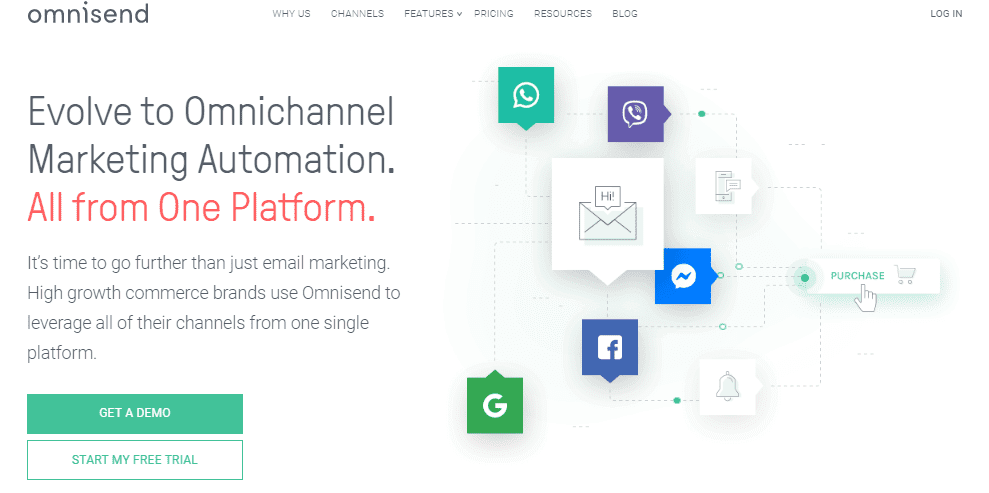
Omnisend Is one of the Best Mailchimp Alternatives for 2020
#2 Constant Contact
In contrast to Omnisend, Constant Contact is designed specifically for email marketing, and it’s perfect for smaller companies that want to focus on email rather than targeting customers on several channels.
Constant Contact users have access to more than 100 email templates, each one fully optimized for mobile devices. Like other email marketing tools, it also allows you to configure email capture forms throughout your entire online presence including on your website and Facebook page. Unfortunately, Constant Contact won’t integrate with your eCommerce platforms.
Marketing analytics are a critical element in any campaign, and Constant Contact automatically collects numerous data points to help you identify your successes and failures. If you subscribe to Constant Contact, don’t forget to consistently review performance and look for ways to improve your tactics.
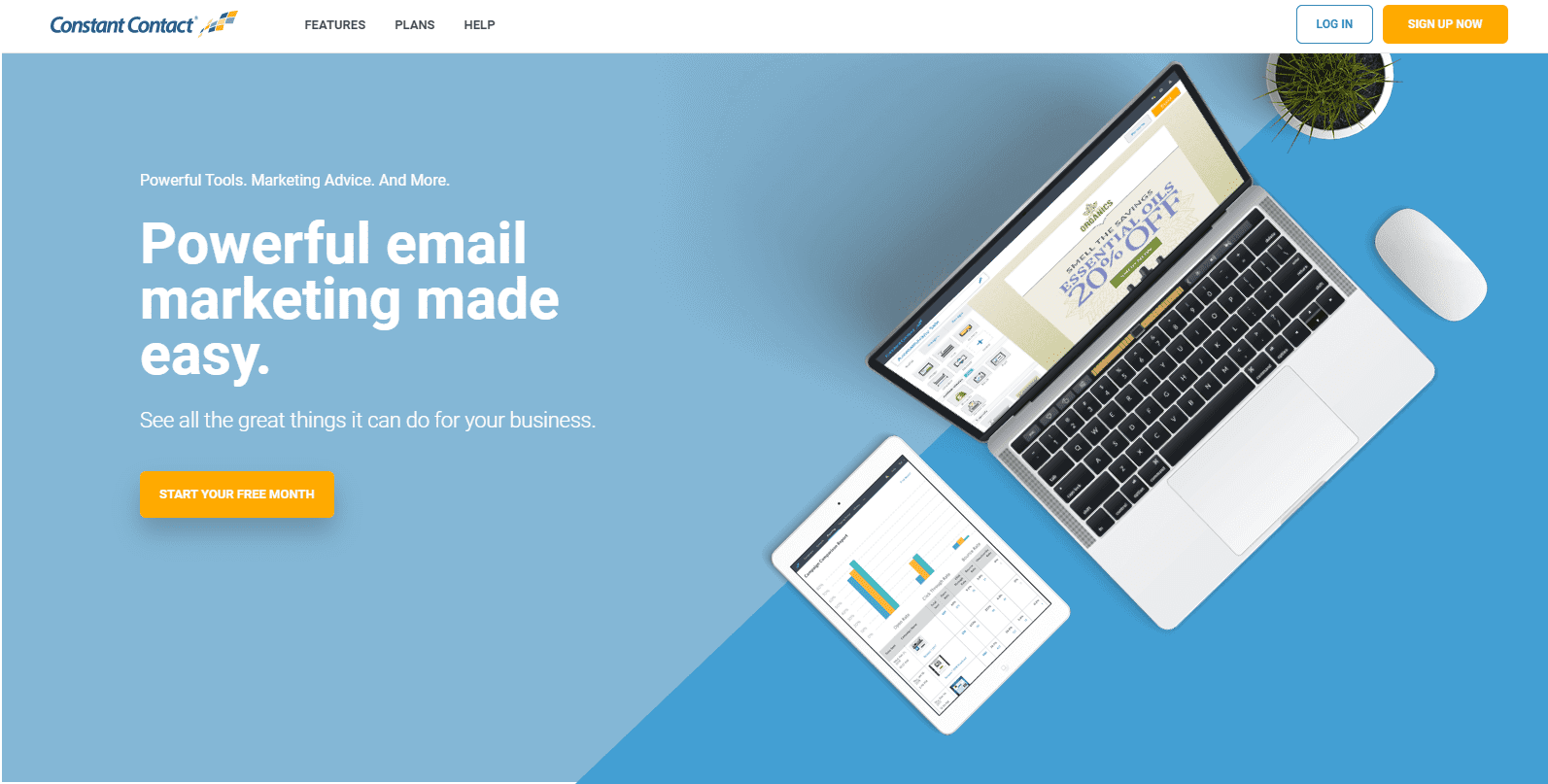
Constant Contact Is one of the Best Email Marketing Tools You Must Have in 2020
#3 Campaign Monitor
Like Constant Contact, Campaign Monitor works exclusively in email marketing, but it gives users even more options for certain tasks. For example, you can thoroughly customize every element in an email by dragging its borders to match your desired size.
On the other hand, Campaign Monitor doesn’t allow you to set up pop-ups, and these can be one of the most effective ways to attract new subscribers. It also doesn’t offer the same robust support for eCommerce businesses that comes with Omnisend and some other email marketing tools, and there’s no native app for common eCommerce platforms like BigCommerce or Shopify.
Campaign Monitor does offer enough data tracking to help you understand the results of each campaign, and you’ll be able to view your customers visually using a world map. Users can segment with a location as well as other criteria such as demographics, purchase history, and previous interactions.
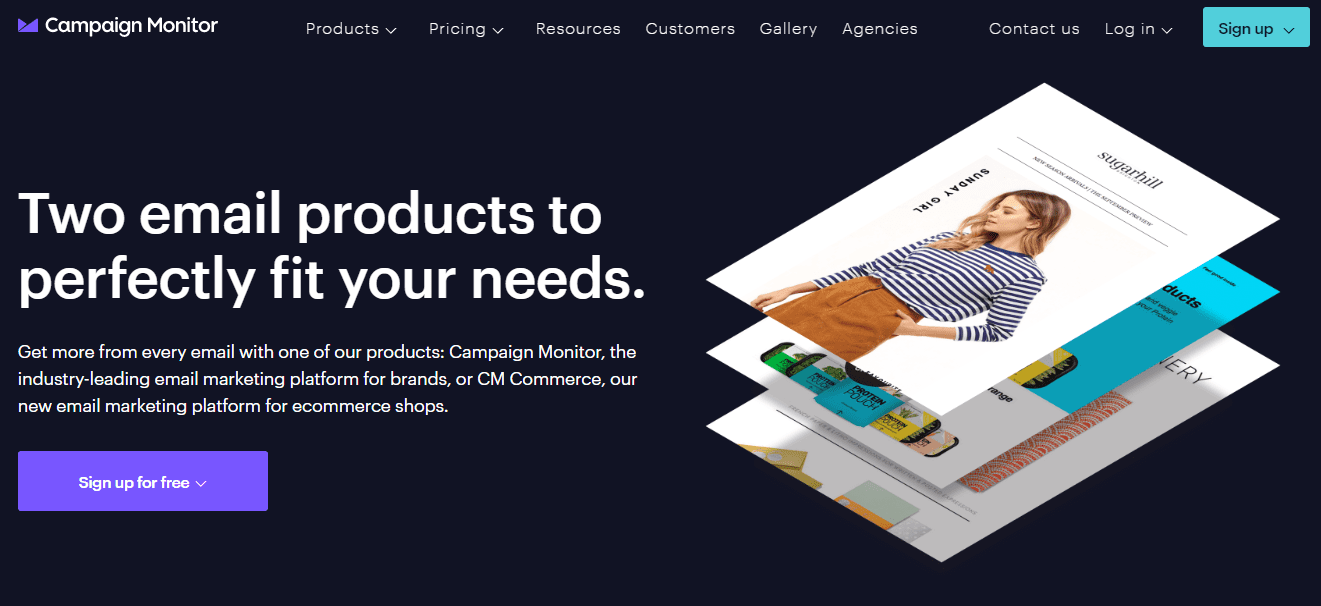
Campaign Monitor Is One of the Best Email Marketing Software You Must Have in 2020
Related: Ultimate Email Marketing Benchmarks for 2019: By Industry & Day | Campaign Monitor
#4 SendinBlue
While SendinBlue has a relatively limited set of tools compared to certain other solutions, it’s still more than enough for many email marketers. In addition to email marketing, it also integrates well with text marketing and chat campaigns.
Like most other email marketing applications, SendinBlue provides a range of email templates to streamline the process of creating new messages. Of course, you can always build emails from scratch if you’d rather have more fine-tuned control over your content.
SendinBlue is designed to work well with more personalized campaigns, and research indicates that personalization is vital to success in email marketing. You can also set up sophisticated audience segments using a wide range of customer data to create more relevant content for both email and SMS.
In addition to these features, SendinBlue natively integrates with a number of eCommerce channels, making it a more attractive option for businesses that prioritize online sales. It was originally built for an audience of eCommerce vendors, so you can easily set up marketing emails based on web behavior such as recent purchases.
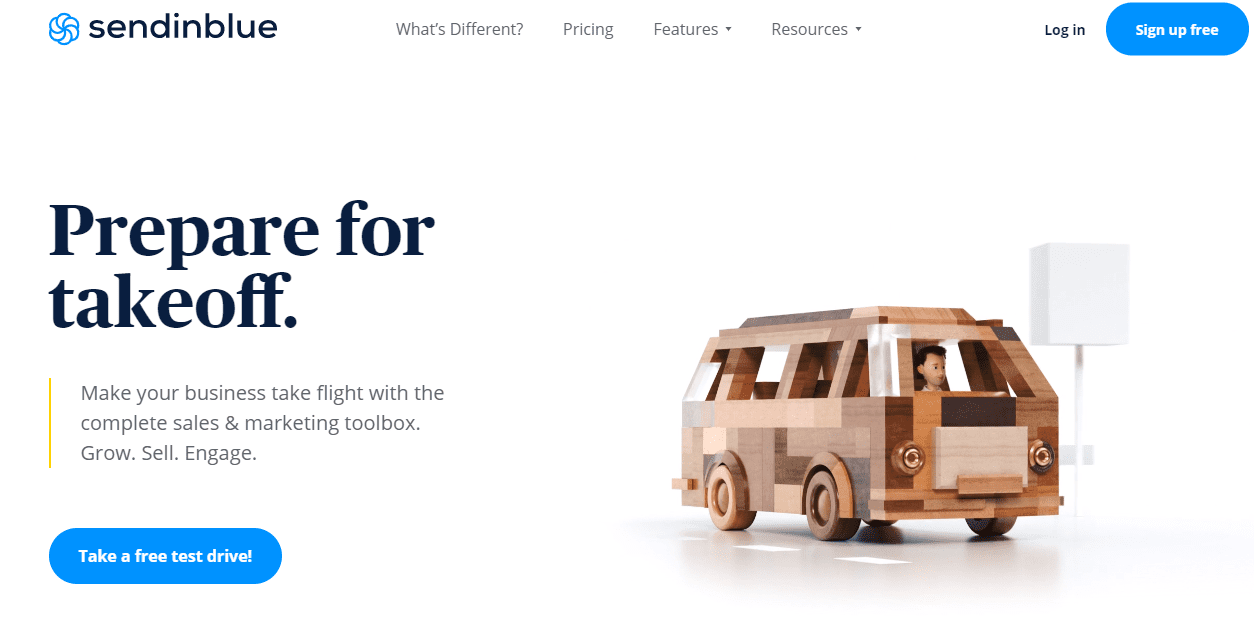
SendinBlue Is one of the Must-Have Email Marketing Apps for 2020
#5 Mailjet
Mailjet’s drag and the drop user interface looks similar to the others on this list, but it doesn’t necessarily offer the same power or flexibility. Furthermore, its email templates generally aren’t as visually appealing as those of certain other applications, and visual design is critical to click-throughs and conversions.
The Mailjet user experience isn’t particularly transparent, and it takes a while to learn how to use all of the application’s features. That said, you’ll gradually get a better feel for how to get the most out of Mailjet as you spend more time using the solution.
Mailjet already offers basic automation for things like welcome emails, date-specific emails, and custom messages, and it’s planning to add support for birthdays and anniversaries in the near future. You’ll also have access to other standard tools including analytics, team management, and integration with your customer relationship management software.
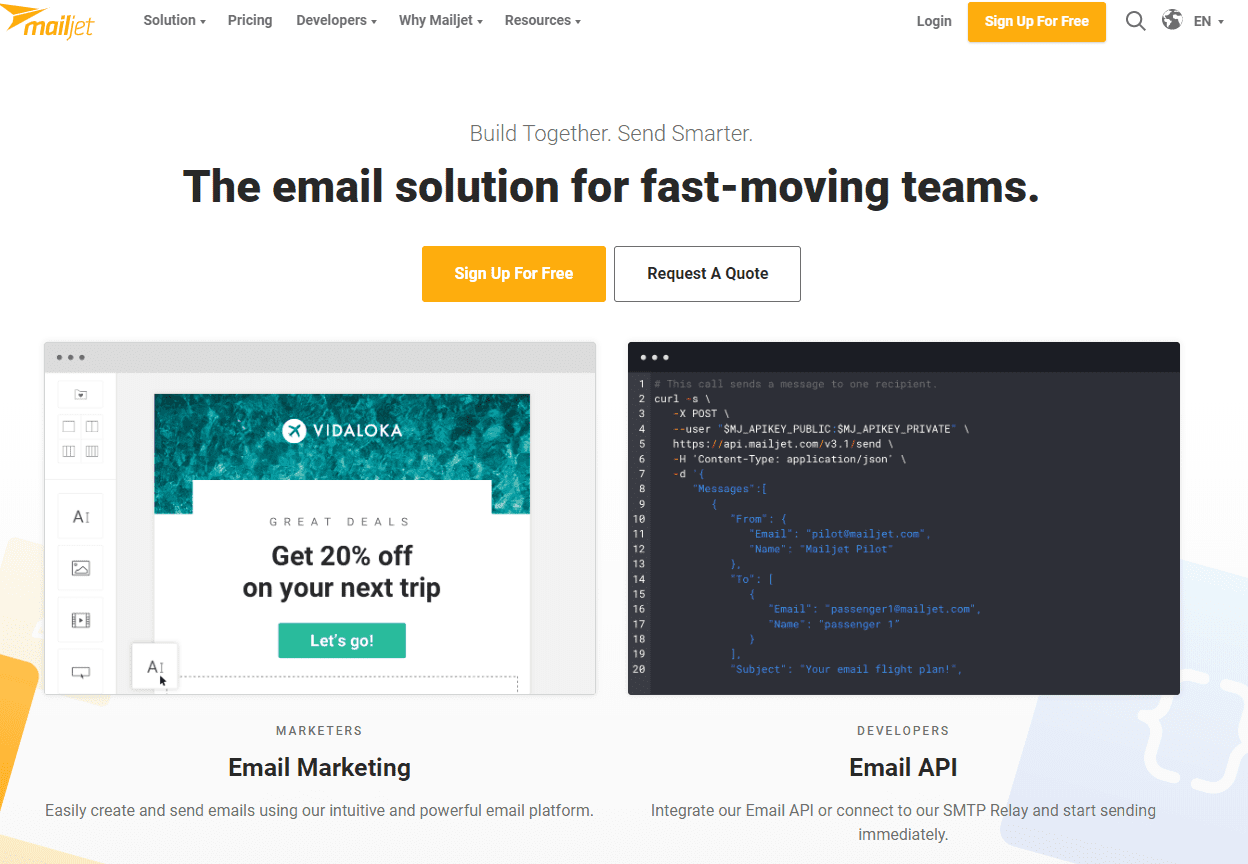
Mailjet Is One of the Best Mailchimp Alternatives for Email Marketing for 2020
Wrapping Up
Email marketing programs are becoming more and more complex, and a powerful solution can help you achieve better results in a fraction of the time. These are just a few of the most advanced email marketing solutions to consider using in 2020.




